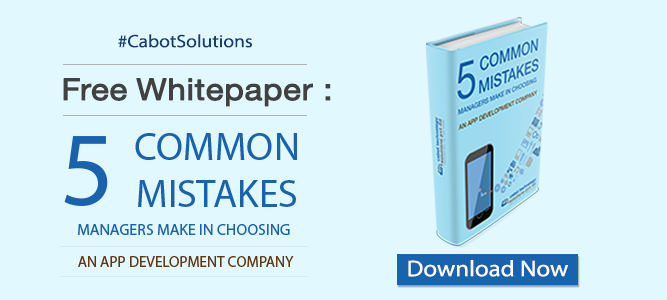The Internet of Things has made a significant impact on the retail industry and can be rightly touted as the major force behind the third Industrial Revolution. With the evolution of Internet, we have been observing the indelible mark it has made on the e-commerce and online retail sector. This wave of revolutionary change has been heralded by the influence of IoT and it can be applied in various retail sectors like:
With IoT, retailers can digitize practically everything related to their pre-sale, after sale and marketing segments, including every employee, customer, product, service and process. IoT in the retail industry has a good scope for immense success. The key players in every business have been hard pressed to adapt to the growing capabilities of the Internet of Things, and are being encouraged to accommodate an entirely new clan of devices into their already complex IT infrastructure. This integration would of course be instrumental in laying the foundation for a plethora of less impressive and state-of-the-art and intelligent technology platforms that would help in the networking of a number of devices. This driving innovation aims to connect the consumer and the retailer in a digital realm that has not been experienced before.
Customers and retailers can enjoy a number of benefits with proliferation of devices coupled with IoT. Some of them are mentioned here: Customers can scan the barcode on various goods with the help of their mobile device and garner product information by hooking up to the internet. There are plenty of apps in the market that would give them this information.
In garment clothes retailing, the store owners can install smart mirrors whereby customers can actually see the digital version of how a particular piece of clothing would look on them without actually trying it on.Through automatic scanning, retailers can perform contactless scanning of the goods bought by a customer as he walks out after a purchase.
Customers can create digital shopping lists, and smart shopping carts would guide them down the aisles so they can quickly select their products.
Customer no longer have to walk down endless aisles looking for something he/she wants to buy because there are touch screen robots that would help in locating a particular product.
Retailers can save utility bills by installing smart thermostats/lighting.Retailers are alerted whenever the goods on his store shelf run low. Based on the alarms sent by the devices, they can replenish the goods before they run out.
With the advent of data visualization techniques, it is possible to perform extremely precise inventory tracking. Employees in the supply department would be able to track products, and the status of products when they are in the production and distribution department. However complex the supply channel may be, it is possible for the retailers to trace their inventory and make the products available when customers need them. This includes perishable goods brought in at the right temperature. IoT is helpful not only during the product-supply chain, but makes a quick move in the case of recalls too.
Retail shrinkage is caused when there is shop lifting and thieving by employees. Though sad and depressing, this is something that happens frequently. In 2014 alone, retailers lost $44 billion in retail shrinkage, so it is time something is done seriously to prevent this. Products are fitted with RFID tags (radio frequency identification) to help prevent theft, and if at all anything is stolen, these tags would help identify the product when it is sold in the gray market. In normal cases, goods with RFID tags will alert the retailer when an attempt/execution of thievery is made. This would help the retailer track the product and gain more information about the the thief. A certain percentage of the products sold in large quantities online are stolen from department stores, and these tags would help identify them and catch the thief if possible.
Through big data and IoT, retailers are able to identify the buying behavior of their customers, where they hang out, and understand what their interests and hobbies are. With GPS, sensors and beacons, they can not only keep tags on the inventory, but inform the customers of coupons, promotions and exclusive events right on to their mobile devices. Retailers can identify the location of their customers and post deals and promotions that would interest them.
Doing an inventory of the store is sometimes an impossible task. An inventory management system connected to various devices through IoT would be able to guide the retailer by doing an inventory of goods on the shelf and in storage. Early inventory management system was not every precise, but now retailers can known the exact product inventory, prevent stock mishandling and eliminate the occurrence of empty shelves.
While delving into actual changes the retail industry can make in the supply chain and customer experience, even retailers are still finding it hard to digest the opportunities open to them. Unless they move in for the kill quickly, they will find their place in the industry "usurped" by competitors - both old players and new entrants. The data that can be procured from a customer's experience and purchasing behavior is a very precious repository of treasure. This proves there is no time to waste. You have to adopt IoT retailing right now! There's a huge potential for Internet of Things in the retail industry. If you are running a retail business, you can jump on the IoT bandwagon now and leave your competitors trailing behind. We'd like to help you get started...


YOU WILL BE HEARING FROM US SOON!
We look forward to hearing from you!

YOU WILL BE HEARING FROM US SOON!